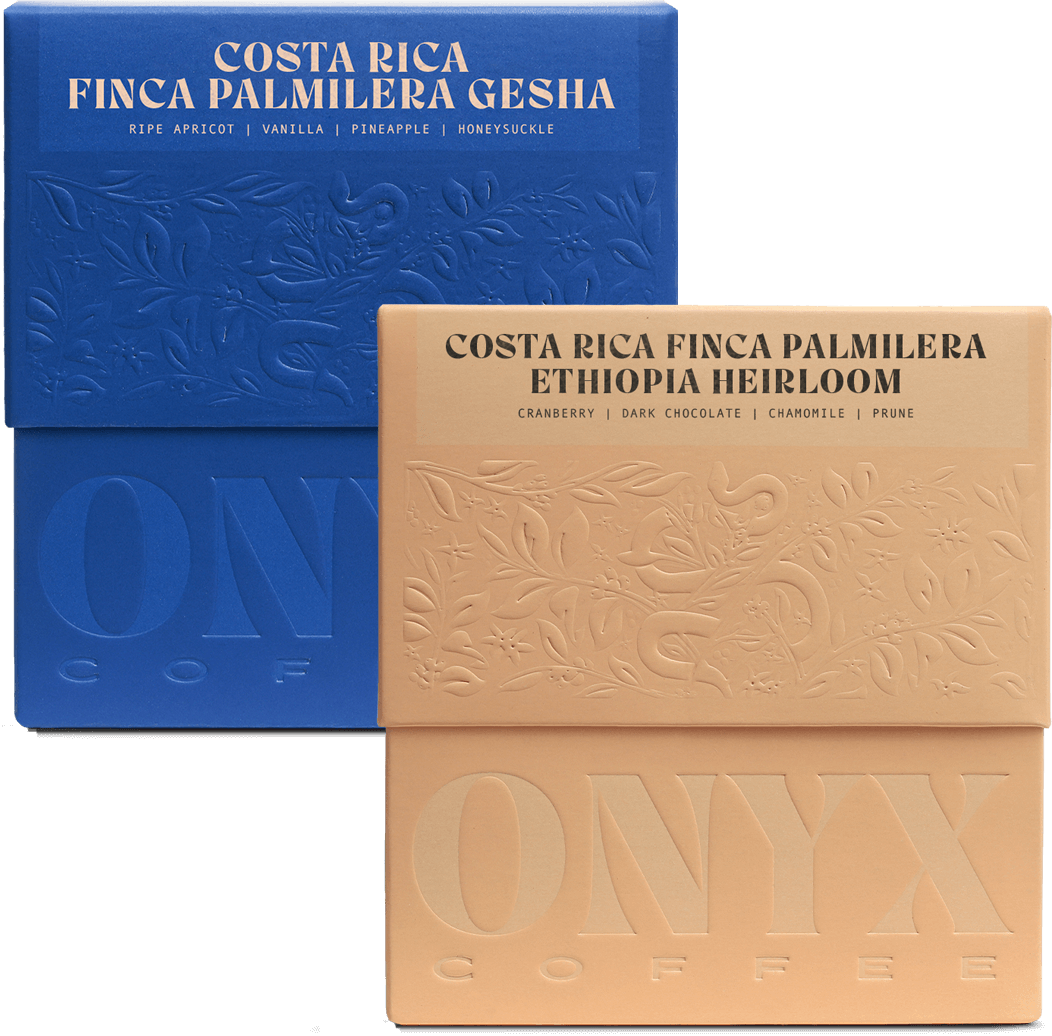Story
La Candelilla stands as a pioneering force in the realm of micromills. Established in 2000, it was among the first micromills ever built, dedicated to processing microlots of specialty coffee. For five generations, the Sanchez family had worked separately on their own plots. Until 2000, each of the nine siblings and their respective families managed their own plots independently. However, after extensive planning, they collectively pooled their resources and constructed the La Candelilla Estate & Micro Mill. This groundbreaking initiative, the first of its kind in Costa Rica, paved the way for numerous small-scale producers to follow suit. The proliferation of micromills in Costa Rica can be largely attributed to the remarkable advancements in processing techniques. With countless producers now engaging in experimentation and assuming greater control over their coffee production, knowledge has surged exponentially.
Presently, the estate yields an impressive annual harvest of 1000 bags of coffee and is held in high esteem as one of the country's premier coffee producers. By adopting a progressive approach to processing and variety cultivation, they consistently produce multiple lots of Geisha each year. While the family remains one of the few in Costa Rica adhering to traditional fermentation methods, they have ingeniously constructed an extensive lagoon system that employs native plants to purify the water before it returns to its original river source.
We visited for the first time in March of 2023, where we were greeted with a quick lunch overlooking the drying operation, followed by a cupping. Two lots stood out, and we knew we wanted to highlight both offerings alongside one another as a box set.
NATURALLY PROCESSED COFFEE
Natural coffees are beautiful… Okay, natural coffees are beautiful when done properly, but can be equally terrible when things go wrong. Natural processing, or dry processing, refers to the act of drying and fermenting coffee inside the cherry. Long before the age of portafilter tattoos and dual-boiler home espresso machines, coffee was picked and dried this way out of convenience. It is, to this day, still the most convenient and economically friendly way to process coffee cherries. (It’s estimated that dry-processing can use up to 90% less water than the washing process.) So why isn’t all coffee processed this way? Well, as coffee made its way across the world, it was commoditized and standardized, just like all other products spread by colonialism, but that’s a whole other story... Adding to the boom of washed processing, the natural process method can be tricky to get right, due to the delicate nature of fermentation and drying. What does all this have to do with the final cup? Well, when you leave the skin and fruit of the coffee cherry on the seed throughout fermentation and drying, that fruit begins to break down, imparting esters that influence delicate florals and big fruit notes into the seed that survive the roasting process. If it’s rushed or handled incorrectly, this fruit rot can lend off-flavors to the coffee, making the final cup dirty or ‘fermenty.’ Basically that single cherry begins to slowly decay, and controlling that delicate action through advanced technique and metrics allow us, lucky folks, to drink wonderfully floral and fruity coffees. We have long promoted natural processed coffees, and these two naturals are just one of the reasons we do.



